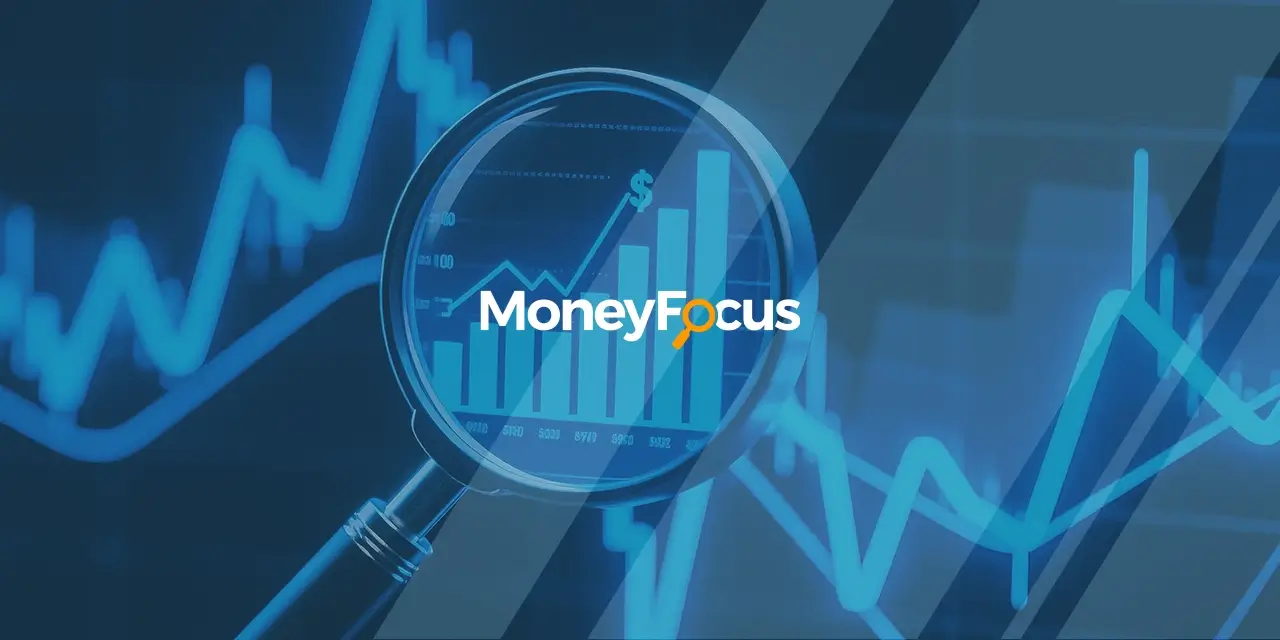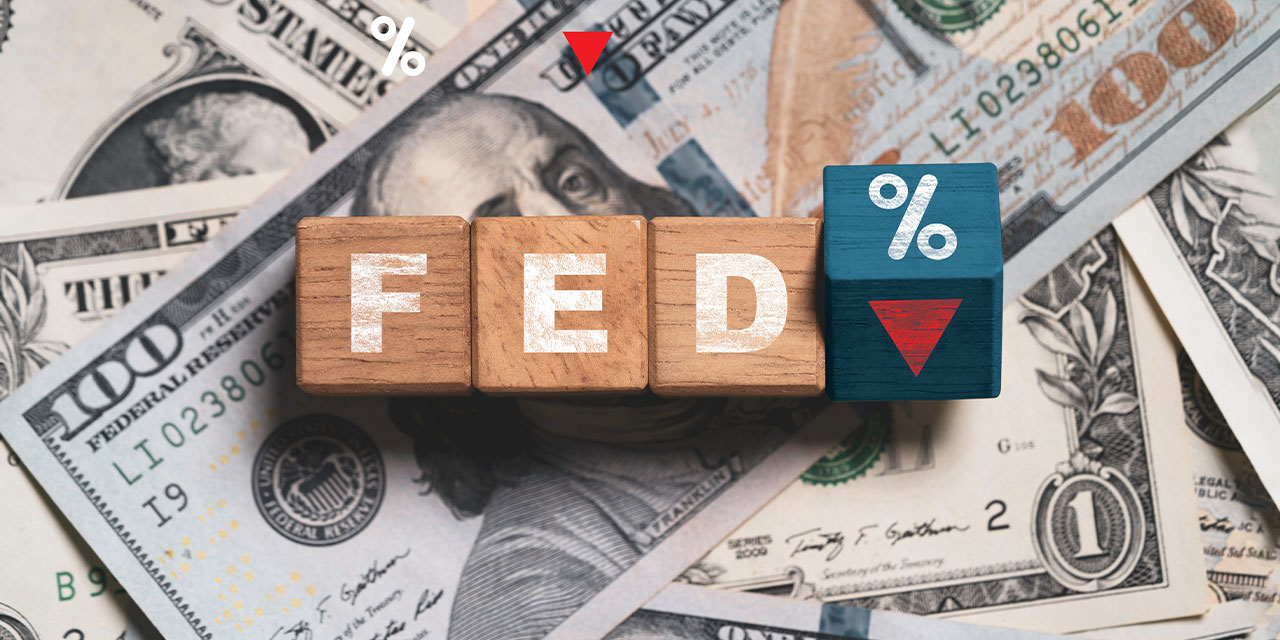By Caroline Grimont
For many Canadian families, March is when the travel season starts, usually with March break. In 2025, however, some of the enthusiasm has waned, mainly on account of the tariff troubles that Canada is currently navigating with our neighbours to the south. You can read more about how to protect your portfolio from tariff tantrums here. The deteriorating relationship between the two countries has led some Canadians to rethink visits to America, with recent StatCan data showing Canadian-resident return trips to the U.S. down for both air and automobile, the latter down 23% from last year.
But while travel to and from the U.S. might be down, travel itself is a pretty solid business. In fact, increased demand for travel could be one reason for rising hotel and plane ticket costs (at least, that’s what I tell myself as I look at my ever more expensive holidays.) After the COVID-19 lull of 2020 (five years ago, can you believe that?) the travel services sector has risen, up over 200%, according to Yahoo Finance charts.
Additionally, we believe there could be more long-term drivers for the travel and leisure sector, as my colleague wrote last month. You can read the entire article here, but I have outlined a few points below.
- Retirees Travel: Baby boomers, and other retirees too, continue to travel.
- Accessibility: Travel has grown much more accessible due to the widespread adoption of air transport and technology.
- Revenge Travel: After the pandemic, people travelled more, and this trend has not yet slowed, and finally,
- Social Media: Social media has created a network that, in effect, has led to people undertaking more travel and leisure spending.
Because of this, stocks like Booking.com (BKNG,) Expedia (EXPE,) and Marriott Hotels (MAR) are up over 100% since 2020. Investors see these returns and want to jump in as well. But as we’ve said before, here’s the problem with trying to pick individual stocks. First, you have to find the right companies. Then you need to track them to find the right entry point to buy the stock. And then you have to regularly monitor and update your portfolio to make sure you don’t end up with duds. It is hard for someone with no training in this field, and with limited time, to accurately make these decisions. If you make the wrong choices for any of these steps, you could end up losing money or being forced to sell some of your investments.
There is one way to avoid some of the guesswork. If an investor wants to participate in a sector in which she thinks there is growth potential, she might consider a mutual fund, or a product that is often cheaper, more liquid, and easier to access, such as exchange-traded funds (ETFs.) And if an investor is looking to benefit from the global travel craze, while also making money from regular payouts, she could consider the Harvest Travel & Leisure Income ETF (TRVI:TSX).
What is TRVI?
Launched in 2021, TRVI is designed to replicate the performance of the Solactive Travel & Leisure Index, and to provide monthly cash distributions by writing covered call options on up to 33% of the portfolio securities to enhance income.
Some of the benefits of TRVI include:
- Access to 30 dominant, large capitalization travel & leisure companies listed in North America,
- Monthly income with opportunity for capital appreciation,
- Index portfolio diversification across broad travel related sectors, and
- Covered call strategy used to enhance portfolio income potential and lower portfolio volatility.
What Have Been TRVI’s Returns?
TRVI launched in 2021, and since then, has had an annualized return of 18.84% (as of February 28, 2025.) In 2023, the fund returned 15.11%, and in 2024, returned 19.58%
What Does TRVI Hold?
TRVI invests predominantly in the travel and leisure sectors. As of February 28, 2025, the fund held 63.7% of its holdings in hotels, resorts and cruise lines, 17.7% in passenger airlines, 10.6% in various real estate investment trusts, and 7.8% in casinos and gaming.
The fund owns 30 stocks of dominant players in the space including Air Canada (AC), Booking Holdings (BKNG), Marriott International (MAR), Hilton Worldwide Holdings (HLT), Airbnb (ABNB) and Royal Carribbean Cruises (RCL.)
As Kushal Agarwal, portfolio manager at Harvest ETFs explained in a previous media report, “When we launched TRVL and TRVI, the trendlines from about the mid-2000s up until the pandemic were pretty clear. There is structural, long-term rising demand for travel because of two key reasons. Baby boomers have an enormous discretionary spending cushion and access to travel has grown exponentially.” Agarwal expects those trends to continue.
Will I Get Income with TRVI?
Yes. TRVI provides monthly cash distributions and the opportunity for capital appreciation thorough covered call strategies on up to 33% of the portfolio.
As Harvest ETFs explains it, “Covered call option writing is about striking the right balance. At its most basic level, when you write a covered call option, you gain premiums but can miss some market upside.” You can find out more about covered calls here.
Also, from a tax standpoint, it is important for Canadian investors to remember that this income received from covered calls is considered capital gains and is not considered interest income. This is important, because 50% of income from capital gains (up to $250,000) is generally tax free, while the remainder is taxed at your marginal rate. However, interest income is taxed as ordinary income.
How Much Does TRVI Cost?
TRVI has a management expense ratio of 0.98%, and a trading expense ratio of 0.23%. For this price, investors get access to an index of 30+ stocks, along with covered call options written on a portion of the portfolio to ensure monthly income.
How to Buy TRVI?
Investors can buy TRVI via online discount brokerages, or through brokers. The ETF may be held both in registered accounts such as an RRSP, RESP or TFSA, or in non-registered accounts.
Is TRVI Safe?
Investors should remember that this is a fund that invests in stocks, and so its value can either rise or fall. What this means is that investors could lose money, depending on when they buy and sell this ETF.
As Harvest ETFs explains in TRVI’s documentation, “The value of the ETF can go down as well as up. You could lose money. One way to gauge risk is to look at how much the ETF’s returns change over time. This is called “volatility”. In general, ETFs with higher volatility will have returns that change more over time. They typically have a greater chance of losing money and may have a greater chance of higher returns. ETFs with lower volatility tend to have returns that change less over time. They typically have lower returns and may have a lower chance of losing money.”
Harvest has rated the volatility of this ETF as “High.”
As Agarwal explained in previous media reports, there are risks to this sector, saying “If the looming recessionary fears result in rising unemployment, the trend towards more premium travel could reverse. I think it’s a long-term play. It will remain volatile as we’ve seen since the launch of this fund. The sector is highly volatile as certain pockets will perform while others do not. It’s good to hold a diverse basket of these companies to keep exposure to that long-term play.”
Who Should Buy TRVI?
TRVI is suitable for investors who are looking for exposure to travel related business equities and income, want a medium to long-term investment, and can handle the ups and downs of stock markets.
Disclaimer:
Commissions, management fees and expenses all may be associated with investing in Harvest ETFs managed by Harvest Portfolios Group Inc. (the “Funds” or a “Fund”). Please read the relevant prospectus before investing. The Funds’ returns are not guaranteed, their values change frequently, and past performance may not be repeated. The content of the article is to inform and educate. Tax investment and all other decisions should be made with guidance from a qualified professional. The indicated rates of return are the historical annual compounded total returns (except for figures of one year or less, which are simple total returns) including changes in unit value and reinvestment of all distributions and do not take into account sales, redemption, distribution or optional charges or income taxes payable by any securityholder that would have reduced returns.











